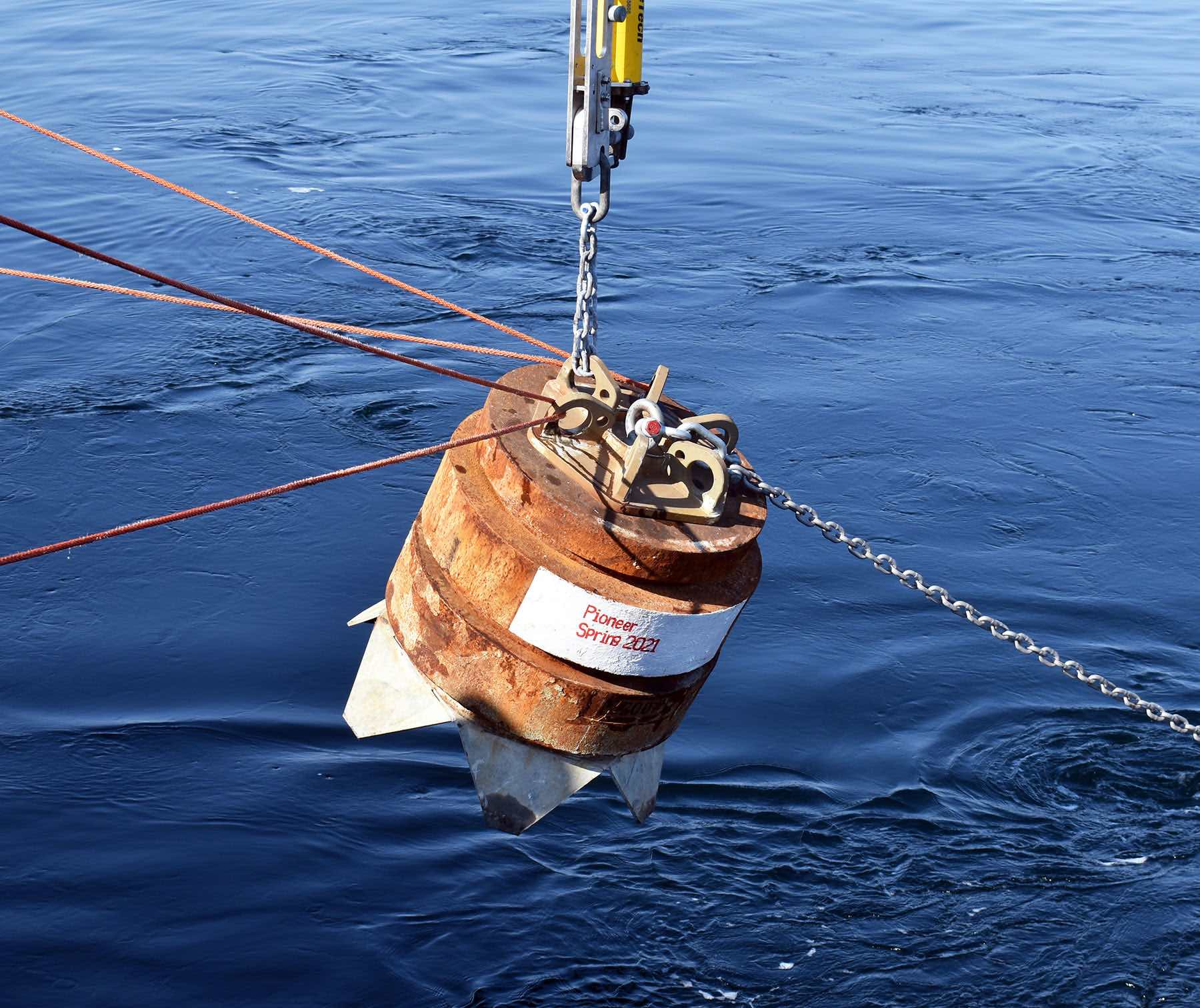OOI Community Members Guide Pioneer Relocation
From 21-25 June, 37 members of the Ocean Observatories Initiative (OOI) community are participating in the National Science Foundation-sponsored Phase 2 Innovations Lab to identify the best location within the recently designated geographic region of the Mid-Atlantic Bight (MAB) between Cape Hatteras and Norfolk Canyon for the Pioneer Array relocation.
During the week, participants will work to identify the observatory opportunities that can be offered by the new Pioneer Array location. They will explore how the Pioneer Array sensors and platforms can be optimized to achieve science and education goals at a new site, based on environmental, logistical, and infrastructural considerations. The group will also evaluate challenges presented by deployment of Array infrastructure at a new location, and discuss the potential for partnerships and collaborations at a new site.
The MAB region offers opportunities to collect data on a wide variety of cross-disciplinary science topics including cross-shelf exchange, land-sea interactions associated with large estuarine systems, a highly productive ecosystem with major fisheries, and carbon cycle processes. This geographic region also offers opportunities to improve understanding of hurricane development, tracking and prediction, and offshore wind partnerships. The relocation of the Pioneer Array will take place in 2024.
The Ocean Observatories Initiative Facilities Board (OOIFB), in partnership with KnowInnovations, is facilitating the Phase 2 Innovations Lab. “We selected a diverse mix of Lab participants to achieve a broad range of disciplines and professional expertise, career stage (from early to senior), gender, cultural background, and life experience. By involving such a wide range of people in the conversations this week, it is our hope that the innovative quality, outputs, and outcomes of the Lab will be enriched,” said Kendra Daly, chair of the OOIFB. “And, throughout the year, we will continue to work with the community on the exciting optimization process via scientific meetings, seminars, and other means to ensure we receive broad input.”

